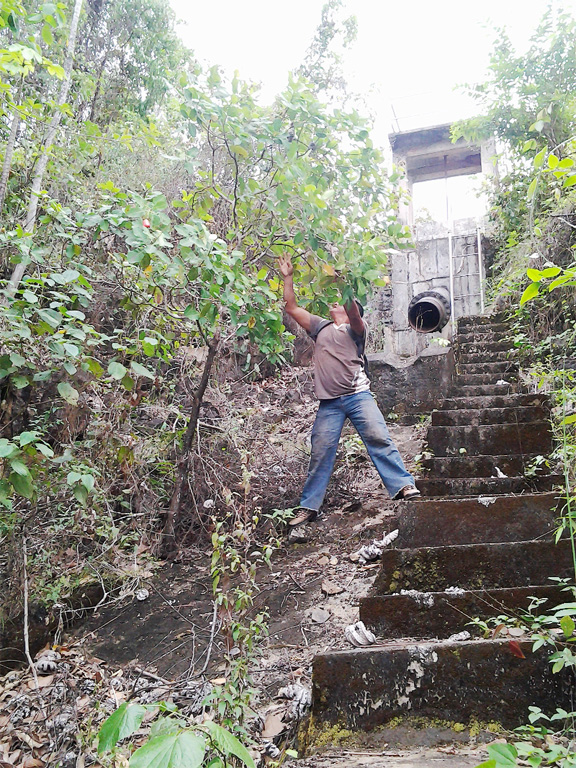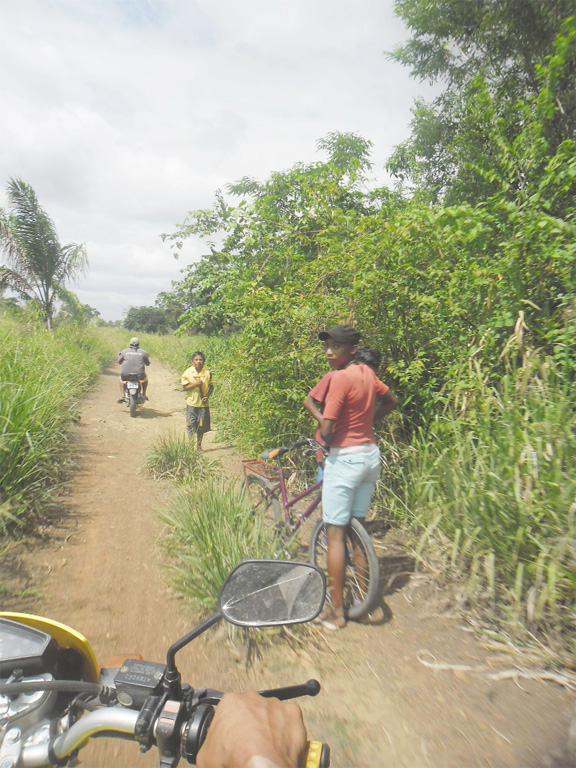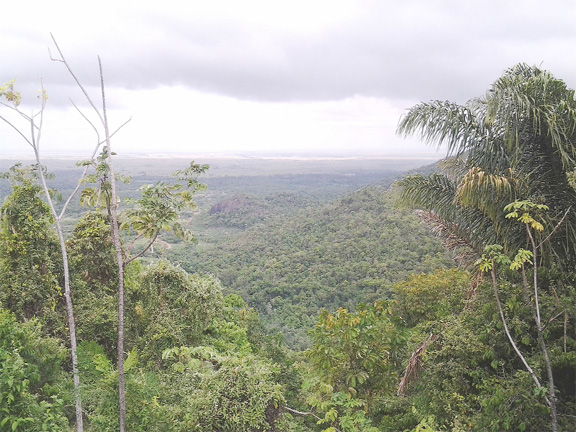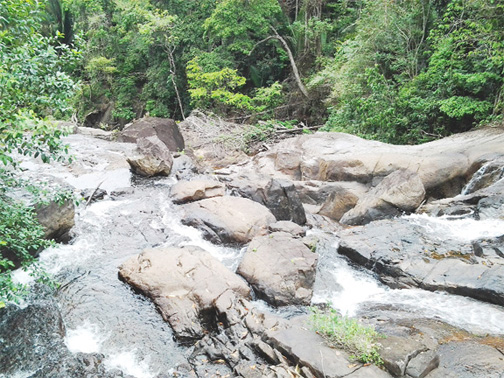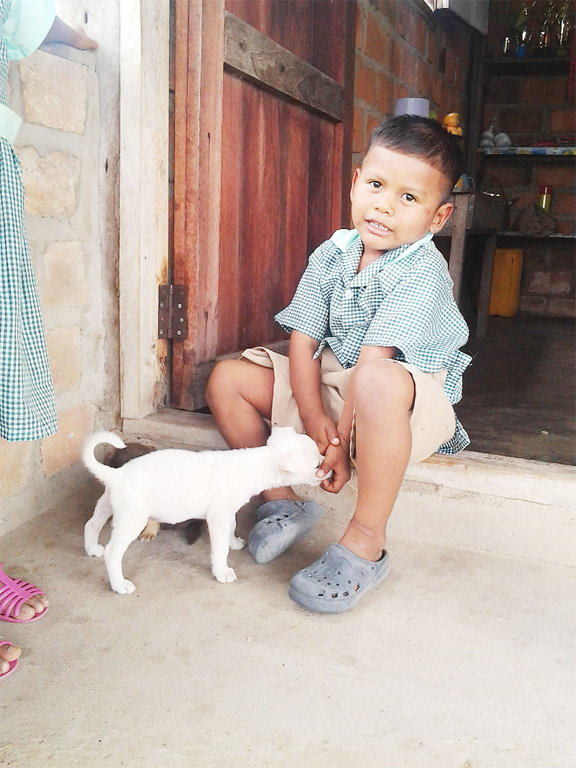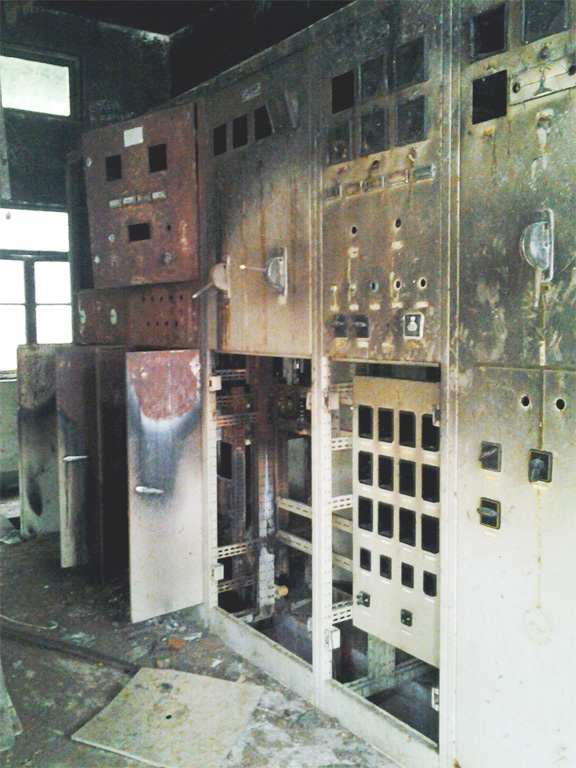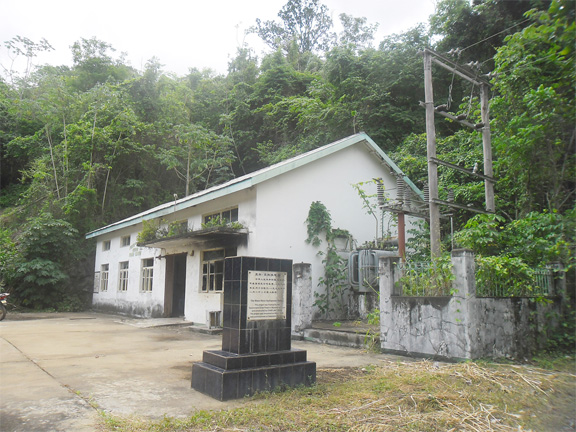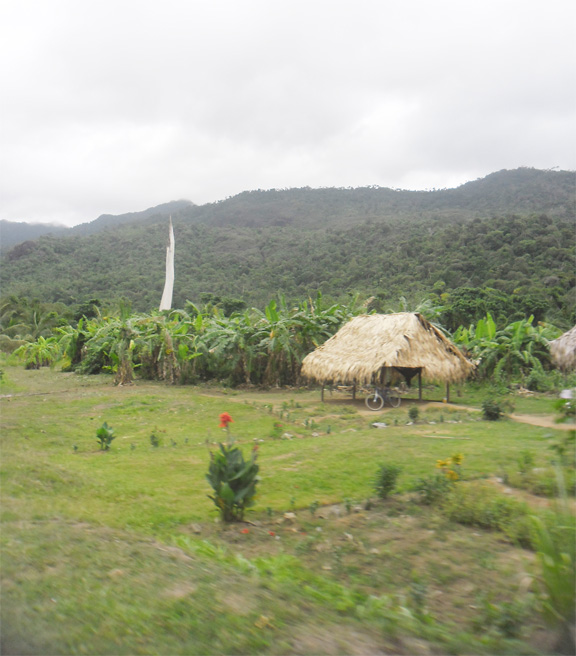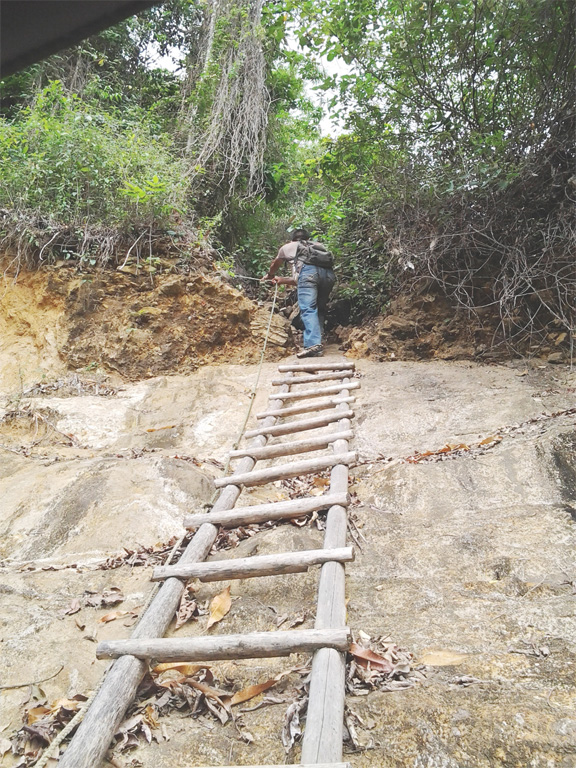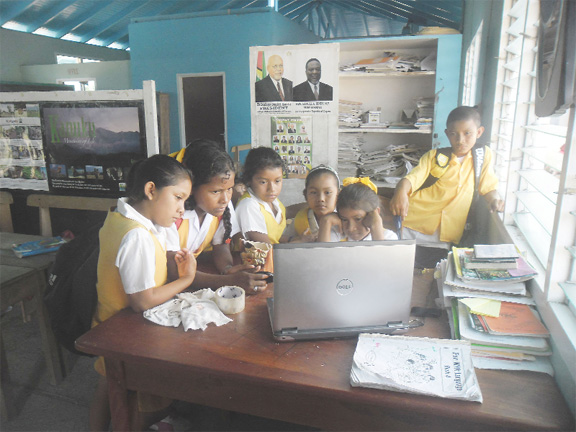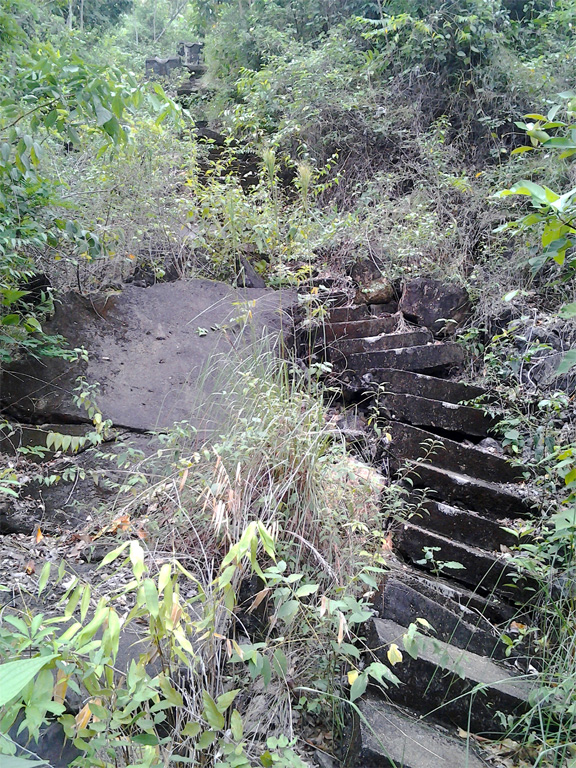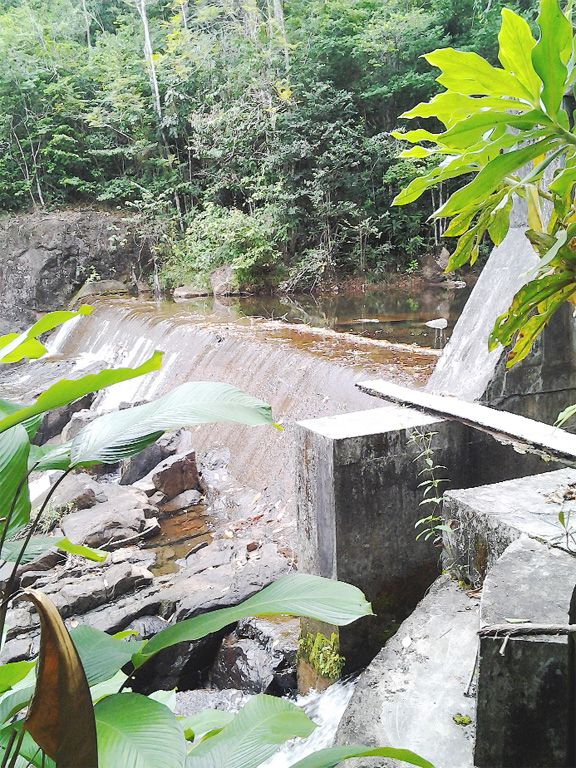“999 steps,” the locals say. Ask who counted the steps and if they really are sure it is 999 steps up the mountain, all you get is a shrug or a laugh and a quietly determined “999 steps.”
The Moca-Mocans of Moco-Moco − a Macushi Amerindian village in Rupununi, Region Nine − know that you can’t prove them wrong. I know. I tried but it was impossible. The mysterious “999 steps” will always be the 999 steps, unless − and it seems doubtful that it will be − the aging stairs are repaired.
Moco-Moco is a land of extremes.
Flat savannah covered with golden grass rolls gently until the earth erupts into the towering Kanuku Mountains. You can sit and sip a cool juice in the village, the only sound the warm savannah breeze swishing through the thatched roof of an Amerindian hut, then climb the steep, broken stairs − the “999 steps” − that go on and on up the side of the mountain, where the broken remains of the hydropower project remind all that mountains are hard to tame.
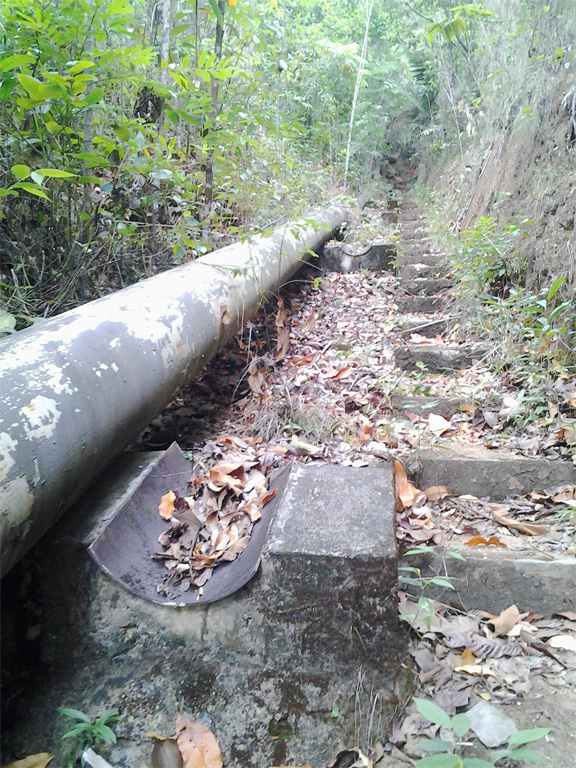
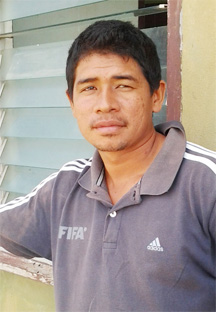
Moco-Moco, a community of about 400 persons, about 30 minutes away from Lethem was made famous by the Moco-Moco hydropower facility which failed spectacularly one morning a decade ago. A stream of mud and rock rushed down the mountainside, the landslide tossing and breaking the concrete structures and massive steel pipes that channelled water to the hydropower station. Sections of the concrete stairs used to reach the control structure halfway up the mountain were also destroyed and that is why, no one now can prove that there are 999 steps.
The hydropower station is now a shadow of its former self. Bats live in the roof, thousands and thousands of wasps build their nests under the eaves of the building and the much of the steel equipment has been vandalized and burned.
But despite producing no power, the hydroelectric station and the related infrastructure have found another purpose. Adventurous tourists, fit and willing to climb the 999 steps, sometimes feeling their way through broken boulders and at one point pulling themselves up a rope ladder on the face of a steep cliff, are rewarded with sweeping views of the rainforest canopy and the rolling savannahs in the distance from Black Rock.
After the hot climb, which can take about half an hour, it is another half-hour walk in the cool of the rainforest to the dam and the spectacular falls where on weekends, locals and persons from outside the village come to relax. But you can be sure that you are in the rainforest when evidence of a battle between a monkey and a jaguar is pointed out. Also the gigantic kokorite fruit. And the calls of birds. And the even bigger mountains nearby.
Moco-Moco harbours many secrets. The mountains shield many of them. Ask the locals and they will tell you of caves with bones, skulls and ancient pottery. Sometimes they go there but it is rare. Anthropological visits are also rare. They tell you not to go. The sites are not explicitly forbidden, but forbidden nevertheless. The mountains seem darker when you learn some of their secrets.
In the village, it all seems far away. Here, as in many other Amerindian communities, the clash between the modern and the traditional is evident. A stone’s throw from a concrete and zinc house is one consisting of a thatched roof and mud walls. Stereo sets blare and vehicles roar through the village oblivious to a bullock cart parked in a yard. Electricity and cellular phones are common, as well as children cycling on the red laterite roads of the village. You can get curry and pepperpot or farine and rice.
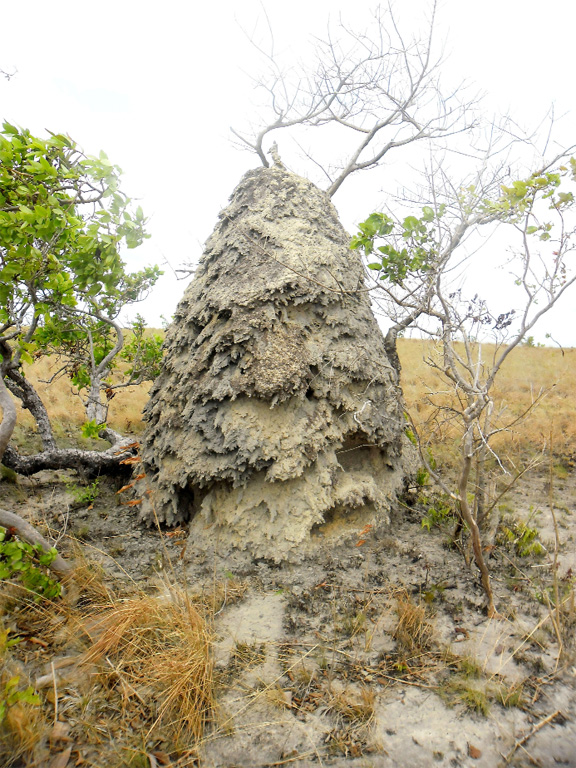
In fact, Moco-Moco’s other claim to fame is the first successful commercial rice-growing project in the Rupununi. The venture falls under the broader Hinterland Rice and Beans Project − a food safety programme for the indigenous communities of the Rupununi Savannahs. The three-year $128M project, which began in 2010, is funded by the Spanish Agency for International Cooperation for Development in partnership with the Government of Guyana, the Ministry of Agriculture and the Guyana Rice Development Board. The project aims to develop savannah agriculture, to increase crop production and to minimise poverty in the villages.
Only one crop is harvested per year, the Toshao Mark George said. For the upcoming crop this year, the village will, more or less, be in charge of the project after the GRDB was largely in charge over the past three years. In the vast, empty field, he said that the acreage that will be planted this year will be less that it was in the first year. The project has benefited the community since the rice is sold at a cheaper cost that it would have been, had it been brought in from the coastland. The rice is also sold to Lethem. A few jobs have also been created.
Jobs are scarce in the community and many young persons move to Lethem, Brazil or the goldfields to find work. But George hopes that more jobs will be created in the community. He related that a proposal by the village to start a farine factory was approved by a donor agency and this will see cassava being purchased from the village. He hopes eventually that the project will expand so that cassava will be purchased from neighbouring communities and they can supply the demand from other communities.
The land in Moco-Moco, which is named after the Moco-Moco plant found in abundance there, is fertile. Mangoes and dunks fall from trees in abundance with none to pick or eat. In the farms in the forest, cassava and plantains and bananas grow in abundance.
It is a place of beauty and opportunity and the villagers
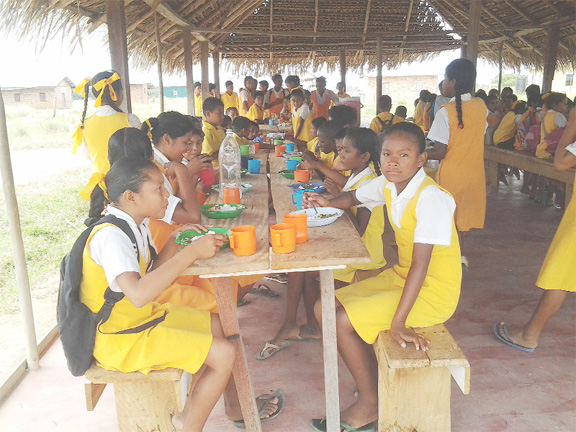
are making moves to exploit these resources. Eco-tourism is on the rise. Just ask anyone about the 999 steps.
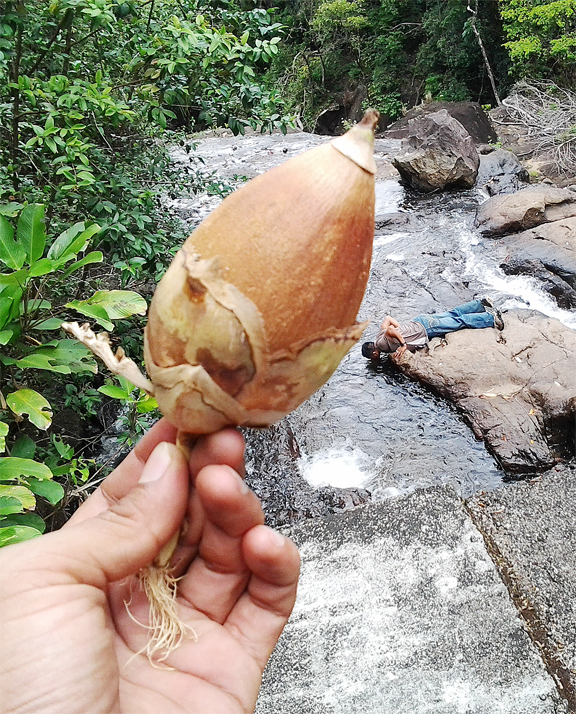
traveller samples the fresh stream water.
- The Moco-Moco falls
